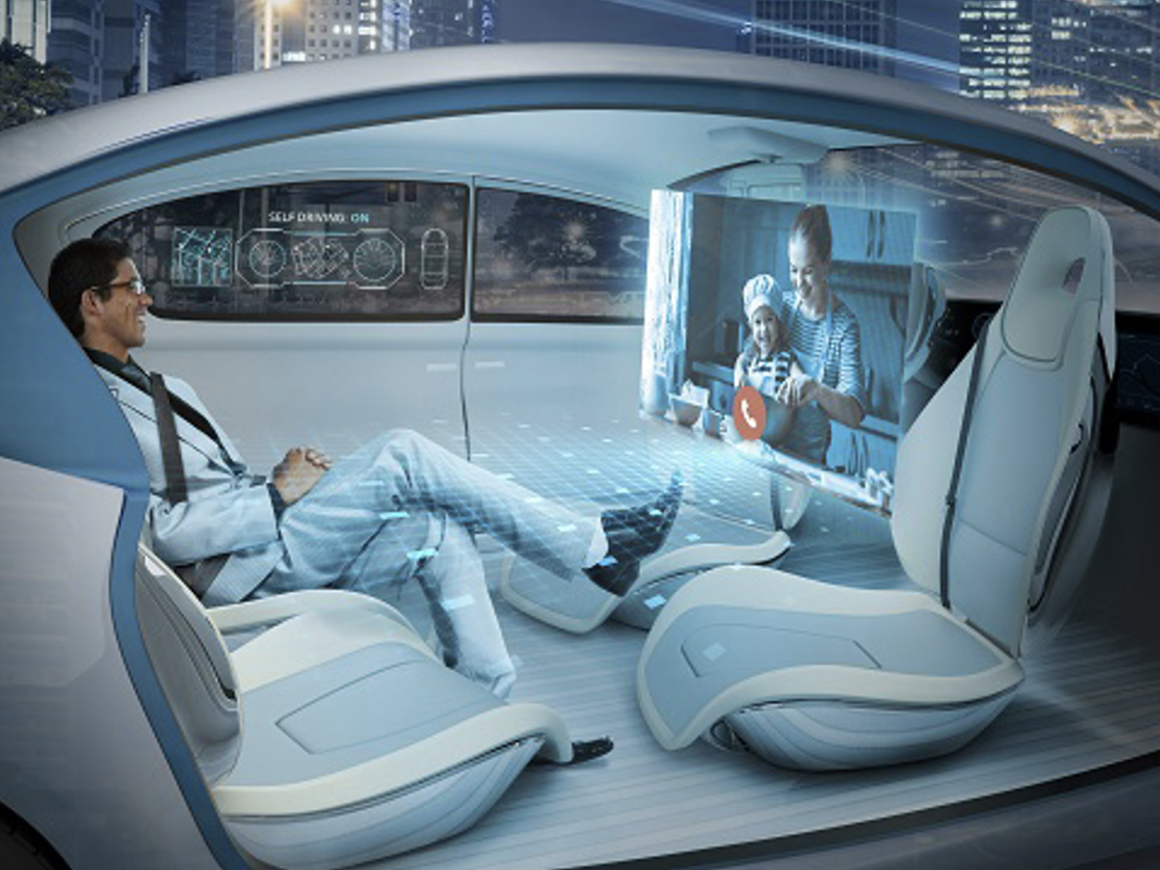Is the world flat?
Autonomous driving, also known as self-driving or driverless cars, has garnered a significant amount of attention and investment in recent years. However, like many new technologies, it has also faced its fair share of skepticism and negativity. Some have even gone so far as to compare the opposition to autonomous driving to the way people opposed sea travel to the west, saying that people would fall off the earth.
This analogy may seem absurd, but it highlights the fear and mistrust that can arise when new technologies are introduced. In the case of sea travel, people were genuinely concerned that the earth was flat and that ships would fall off the edge. Today, we know that the earth is round. We know that sea travel is a safe and it is a vital part of our modern world.
Similarly, autonomous driving has faced its own set of misconceptions and misunderstandings. Some people are worried about the safety of these vehicles, while others are concerned about the potential loss of jobs. However, as with sea travel, it’s important to examine these concerns in the context of the broader benefits that autonomous driving can bring.
Advantages of Autonomous Driving
One of the primary benefits of autonomous driving is increased safety. Human error is a major contributor to traffic accidents. Self-driving cars have the potential to significantly reduce the number of accidents on the road. In fact, a study by the National Highway Traffic Safety Administration (NHTSA) found that 94% of traffic accidents are caused by human error. Autonomous vehicles, on the other hand, can be programmed to follow traffic laws. This way common mistakes that humans make can be avoided, such as texting while driving or failing asleep.
Another potential benefit of autonomous driving is increased efficiency. Self-driving cars can communicate with each other and with traffic infrastructure, allowing them to coordinate their movements and avoid traffic jams. This could lead to shorter commute times and less fuel consumption, ultimately resulting in cost savings for individuals and businesses.
Some people are concerned about the potential loss of jobs for human drivers as autonomous vehicles become more prevalent. While it’s true that some jobs will be lost in some industries, it’s important to consider the potential for new job opportunities in other industries as well. For example, the development and maintenance of autonomous vehicles will require a skilled workforce. There will also be a need for people to oversee and manage the operation of these vehicles. Additionally, the increased efficiency of autonomous driving will lead to economic growth. New job opportunities will be created in other industries.
… the transition to autonomous driving will likely be a gradual process,
rather than a sudden shift …
It’s also important to note that the transition to autonomous driving will likely be gradual, rather than a sudden shift. This will give people time to adjust and learn new skills. It will also allow for the development of policies and regulations to ensure that the transition is smooth and equitable.
… and the world is round
Overall, the comparison between negativity towards autonomous driving and the way people opposed sea travel to the west is an oversimplification. While there are valid concerns about the adoption of self-driving cars, it’s important to consider the potential benefits as well. Autonomous driving has the potential to significantly improve safety, increase efficiency, and create new job opportunities. As with any new technology, it will require careful planning and consideration to ensure that it is implemented in a way that benefits society as a whole.
(Adapted from OpenAI conversation)
(Image: www.siemens.com)







1 comment
Comments are closed.